The concept of a circular economy is a key pillar in the ongoing discourse around sustainable development and carbon management. It represents a systemic shift towards sustainable economic practices, aiming to redefine growth and focus on positive society-wide benefits. The circular economy model is designed to decouple economic activity from the consumption of finite resources and eliminate waste from the system.
At its core, the circular economy is about transitioning from our traditional 'take-make-dispose' model of economic growth to a more sustainable, 'reduce-reuse-recycle' model. This involves designing out waste and pollution, keeping products and materials in use, and regenerating natural systems. In the context of carbon management, the circular economy can play a crucial role in reducing carbon emissions and mitigating the impacts of climate change.
Principles of a Circular Economy
The circular economy is underpinned by three fundamental principles: design out waste and pollution, keep products and materials in use, and regenerate natural systems. These principles guide the development and implementation of circular economy strategies and provide a framework for understanding the concept of circular economy.
Designing out waste and pollution
Designing out waste and pollution involves rethinking and redesigning products and processes to prevent waste and pollution from being created in the first place. This can involve everything from designing products to be easily disassembled for recycling to implementing industrial processes that minimize waste and emissions.
Keeping Products and Materials in Use
The principle of keeping products and materials in use within a circular economy focuses on extending the lifecycle of products, thereby maximizing their value. This approach can be effectively demonstrated through practices like repair, refurbishment, remanufacturing, and recycling.
On an individual level, this principle is practiced by choosing durable, reusable items over single-use alternatives, such as using custom tote bags instead of disposable plastic bags. A notable example on a corporate scale is Apple's shift towards a more circular economy model. They have been forced to provide consumers with the right to repair, allowing users to maintain and extend the life of their devices. Additionally, Apple's transition to universal USB-C cables is another step in this direction. This move not only streamlines the number of different cables needed by consumers but also reduces electronic waste.
Regenerating Natural Systems
The third principle, regenerating natural systems, is about restoring and regenerating natural capital – the world's stocks of natural assets, including geology, soil, air, water and all living things. In a circular economy, we aim to not only minimize harm to the natural world, but to actively restore and regenerate it.
This can involve practices such as regenerative agriculture, which seeks to restore soil health and biodiversity, or the use of renewable energy sources, which reduce our reliance on fossil fuels and help mitigate climate change.
Benefits of a Circular Economy
The circular economy model offers numerous benefits, both for the environment and for society. By designing out waste and pollution, keeping products and materials in use, and regenerating natural systems, we can create a more sustainable and resilient economy.
From an environmental perspective, the circular economy can reduce waste, conserve resources, and mitigate the impacts of climate change. By keeping materials in use for longer, we can reduce the demand for new resources and minimize the environmental impacts associated with resource extraction and waste disposal.
Economic Benefits
From an economic perspective, the circular economy can create new business opportunities and drive innovation. By shifting towards a 'product as a service' model, businesses can create new revenue streams and improve customer loyalty. Furthermore, by reducing reliance on finite resources, businesses can increase their resilience to resource price volatility and supply chain disruptions. The circular economy can also create jobs and stimulate economic growth.
According to a report by the Ellen MacArthur Foundation, transitioning to a circular economy, Europe can create a net benefit of €1.8 trillion by 2030.
Source: Zipdo
Social Benefits
From a social perspective, the circular economy can improve the quality of life and promote social equity. By reducing pollution and restoring natural systems, we can create healthier, more livable communities. Furthermore, the circular economy can create jobs and provide opportunities for social enterprise.
By promoting resource efficiency and waste reduction, the circular economy can also help to address the issue of resource scarcity, which is a major challenge in many parts of the world. This can contribute to the achievement of the United Nations Sustainable Development Goals, particularly Goal 12: Responsible Consumption and Production.
Challenges and Barriers to a Circular Economy
Despite its many benefits, transitioning to a circular economy is not without challenges. These include technical challenges, such as the need for improved recycling technologies and systems, as well as economic and regulatory barriers.
One of the main challenges is the 'lock-in' of existing linear economic systems. Our current economic systems are deeply entrenched, and changing them requires significant effort and investment. This includes the need to develop new business models, redesign products and processes, and retrain workers.
Technical Challenges
On the technical side, one of the main challenges is improving recycling technologies and systems. While recycling is a key component of the circular economy, current recycling technologies and systems are often inefficient and can result in the loss of valuable materials. Furthermore, many products are not designed to be easily disassembled and recycled, making it difficult to recover and reuse materials. This is a particular challenge for complex products such as electronics, which contain a wide range of different materials.
In response to these challenges, the adoption of Digital Product Passports (DPPs) offers a promising pathway. DPPs provide detailed product information, including material composition and recyclability, which can significantly streamline the recycling process. For example, DPPs could inform recyclers about the specific materials used in electronics, enabling more efficient disassembly and material recovery. Moreover, the implementation of DPPs supports the design of products with circularity in mind, potentially transforming the current approach to product lifecycle management and enhancing the sustainability of product manufacturing and disposal.
Economic Barriers
One of the significant economic barriers is the cost difference between virgin and recycled materials. Often, virgin materials are more affordable due to established supply chains and production efficiencies, making them more appealing for businesses focused on cost minimization. This price gap poses a substantial challenge in making recycled materials an attractive option for manufacturers. The market's inclination towards cheaper virgin materials can slow down the adoption of circular economy practices, despite their environmental benefits.
Implementing circular economy principles often requires a significant initial investment. This includes costs related to redesigning products for ease of recycling, developing new recycling technologies, or modifying production processes to accommodate recycled inputs. Additionally, the current economic framework may not always offer adequate incentives for companies to invest in these sustainable practices. This lack of financial motivation, combined with the need for substantial upfront investment, can be a considerable hurdle for many businesses, especially smaller enterprises or those in industries with thin profit margins.
Summary
The circular economy represents a powerful solution to the environmental and social challenges we face today. By rethinking and redesigning our economic systems, we can create a more sustainable and resilient future. However, transitioning to a circular economy requires significant effort and investment and overcoming a range of technical and economic barriers.
Despite these challenges, the benefits of a circular economy – including reduced waste and pollution, resource conservation, economic growth, and social equity – make it a compelling and necessary path forward. As we continue to grapple with the impacts of climate change and resource scarcity, the circular economy offers a vision of a sustainable and prosperous future.
As you envision a future aligned with the principles of a circular economy, consider the role of accurate carbon management in achieving your sustainability goals. Arbor empowers leaders like you to take control of your company's environmental impact with precision and ease. Our platform offers material-level calculations, GRI-certified reporting, region-specific data, and product prototyping, all designed to simplify your journey toward compliance and carbon reduction. Don't let the challenges of stakeholder pressure, limited resources, or unreliable data hinder your progress. Embrace a future of innovation and environmental stewardship with Arbor's suite of carbon management tools.
Request a demo today and become a champion of sustainable change in your organization.
Measure your carbon emissions with Arbor
Simple, easy carbon accounting.





.webp)
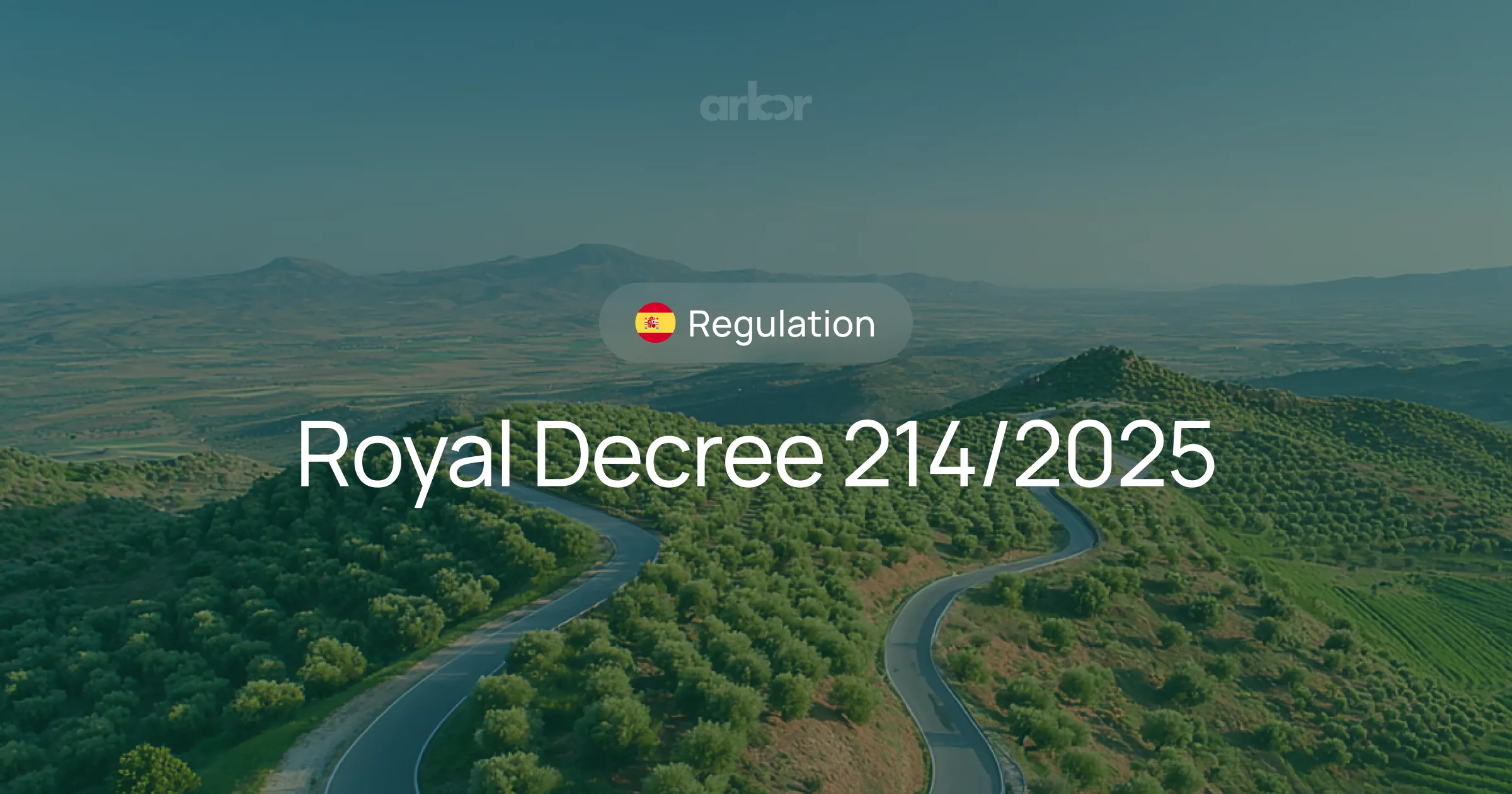
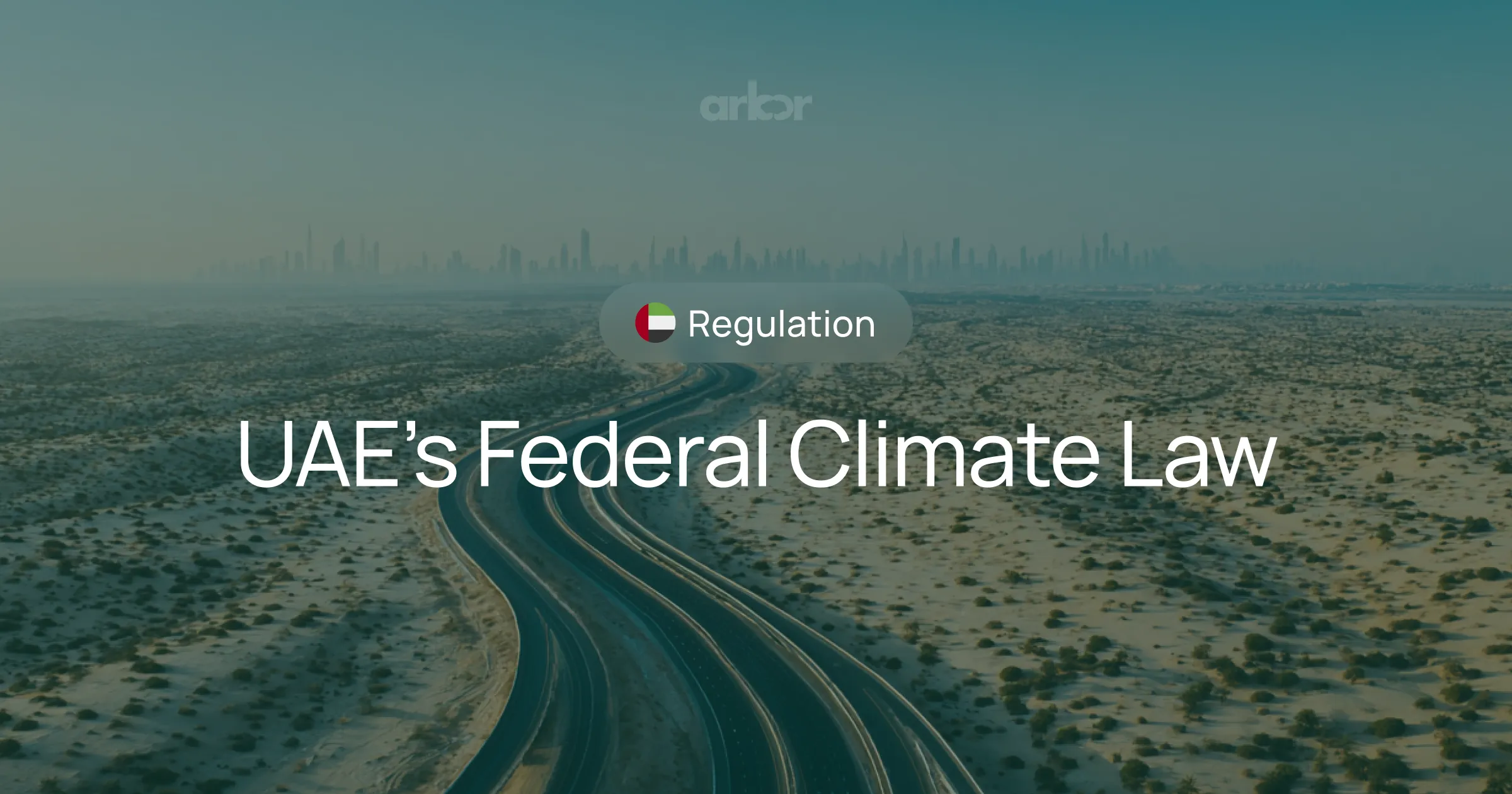









%20Arbor.avif)





%20Arbor.avif)


.avif)
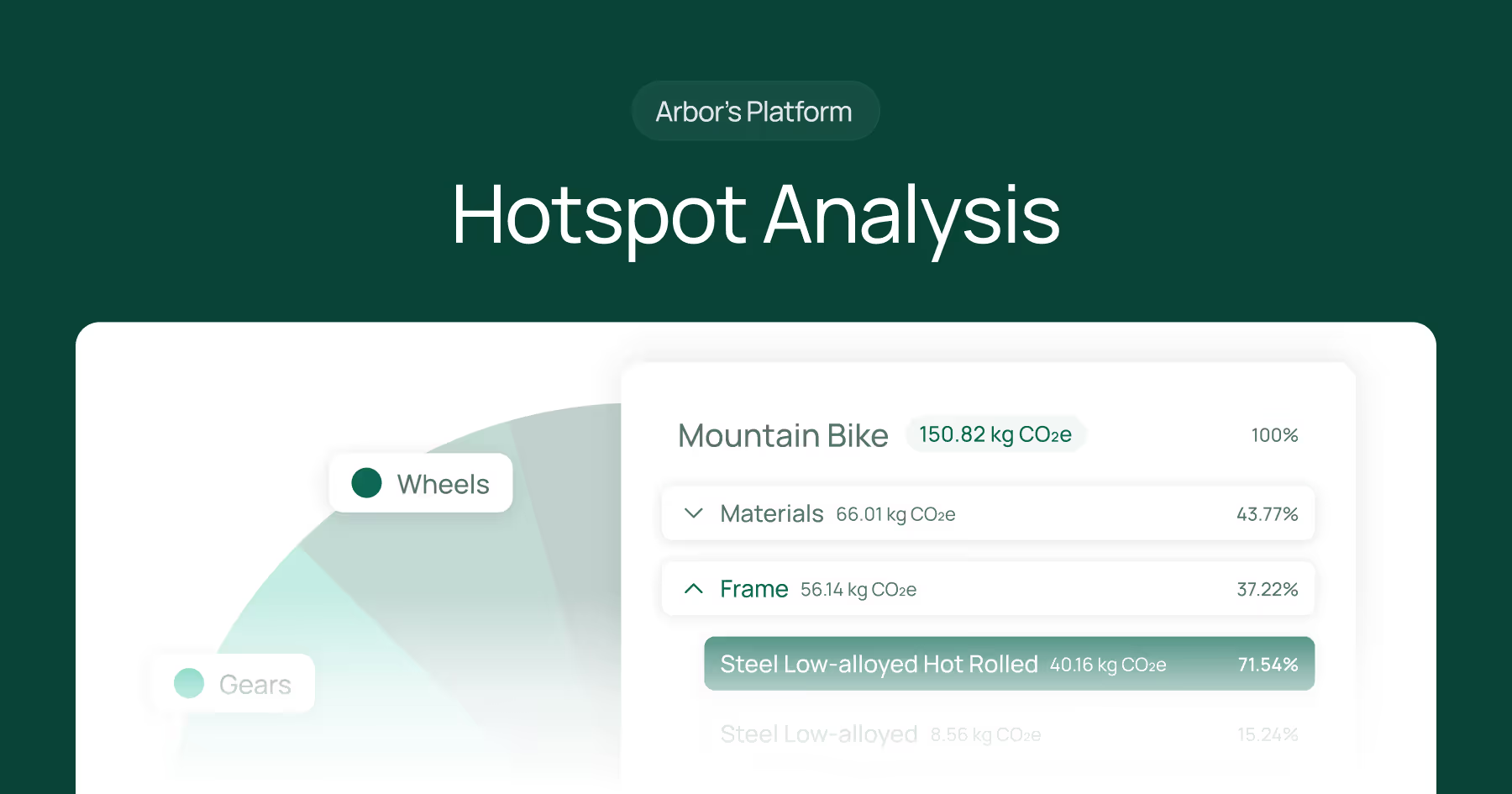


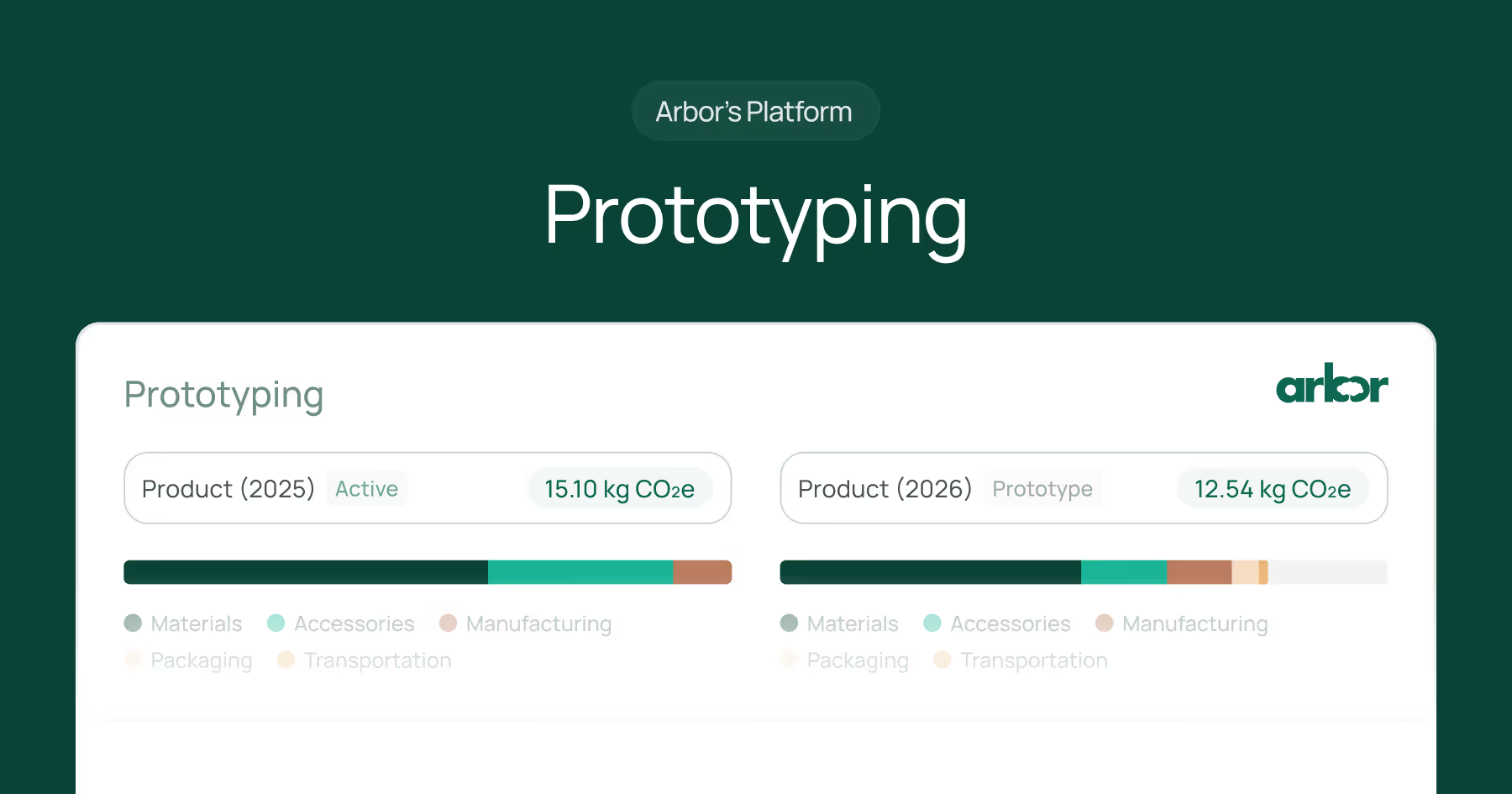


%20Arbor%20Canada.avif)

.avif)
%20Arbor.avif)
.avif)






_.avif)
.avif)
%20Arbor.avif)




%20Software%20and%20Tools.avif)





.avif)
.avif)
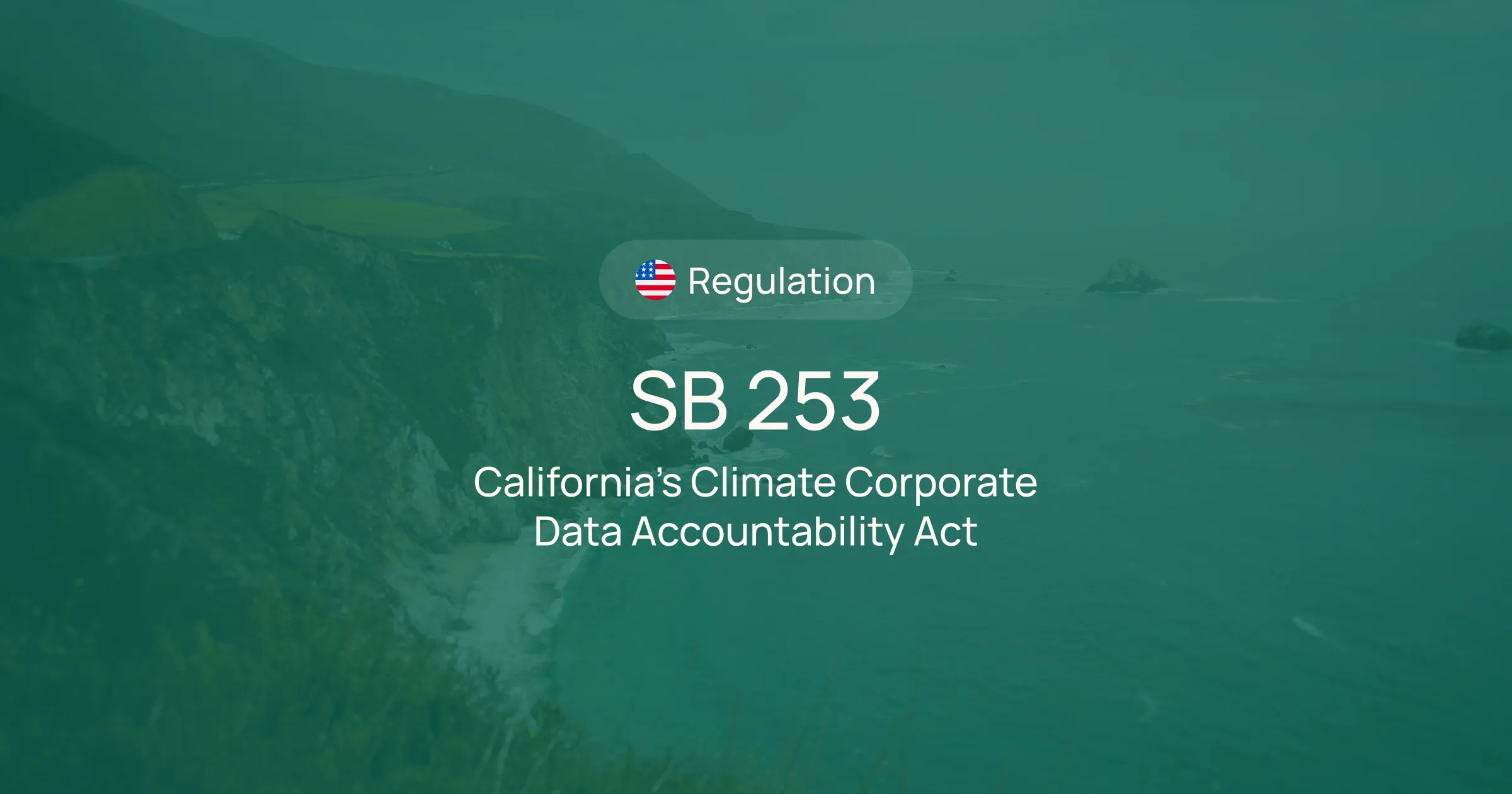



%20EU%20Regulation.avif)












.avif)


%20Arbor.avif)









_%20_%20Carbon%20101.avif)






.avif)

.avif)
.avif)



.avif)








